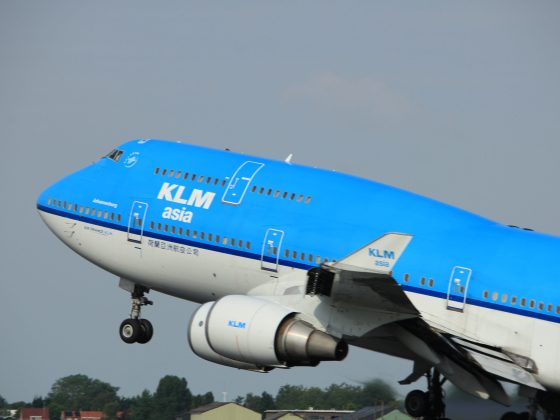The Hang Seng index has moved into a correction, falling by over 15% from its highest level this year as concerns about China and US trade issues remain. It retreated to H$19,645 on Wednesday, down from the year-to-date high of H$23,234.
China Central Bank and trade relations
The Hang Seng index retreated after the Chinese central bank left interest rates unchanged in a bid to support the economy. It left the prime loan interest rate at 3.10% and the five-year rate at 3.60%.
The PBoC has been slashing the prime rate for a while, moving it from 4.15% in 2020 to the current 3.10%. These cuts help to support the economy by lowering borrowing costs for businesses and individuals.
These rate cuts happened as the Chinese government continued to support the economy. Just recently, it unveiled a $1.4 trillion package that will go to fund cash-strapped provinces in the country.
Meanwhile, the Hang Seng index has retreated as investors anticipatea worsening relationship between the US and China under the new Trump administration.
Trump has appointed Marco Rubio, a China hawk to become the next state secretary. Rubio has called for more measures to be tough on China. He also nominated Howard Lutnick to be the Commerce Treasury.
Lutnick has been a keen supporter of Trump’s policies on tariffs, which he believes will be essential for reinvigorating growth. In his campaign, Trump supported a universal 20% tariff on imports and a 60% jump on Chinese goods.
Most companies in the Hang Seng don’t have a lot of operations in the United States. Nonetheless, analysts believe that a new trade war will lead to more pressure on Asian eqities that have underperformed their American peers.
The next key potential catalyst for the Hang Seng index will be the actions by the Federal Reserve. The bank slashed rates by 0.25% in the last meeting and hinted that more cuts were coming.
However, there have recently been signs that the Fed is being more cautious since inflation has remained stubbornly high in the past few months.
Fed actions are important for the Hang Seng because of the HKD currency peg that has existed for decades. As part of this peg, Hong Kong’s central bank always follows what the Federal Reserve does.
It has been a mixed year for many Hang Seng index companies. China Hongqiao, a top aluminum producer, has surged by almost 92% this year as prices and demand have remained elevated.
Meituan, a leading food delivery company, has jumped by 110% this year, while China Life Insurance has soared by 54%. Other top performers in the index are companies like China Merchants Bank, SMIC, China Unicom, Geely, Trip.com, and Xiaomi have all jumped by double digits.
On the other hand, some of the top laggards are firms like Xinyi Solar, Nongfu Spring, Li Auto, Budweiser, WuXi, and New World.
Hang Seng index analysis
The daily chart shows that the Hang Seng index peaked at H$23,256 on October 7 and then dropped by 15% to the current H$19,666.
It has moved below the 50-day Exponential Moving Average (EMA) and the 38.2% Fibonacci Retracement level. The index has also formed a bearish pennant pattern, a risky chart pattern.
It has also retested the key support at H$19,640, the upper side of the cup and handle pattern. Therefore, the index will likely have a bearish breakout as sellers target the 200-day Exponential Moving Average (EMA) at H$18,555, which is about 5.86% from the current level.
The post Hang Seng Index braces for key risk: could drop to H$18,556 appeared first on Invezz


